This piece was originally published by the German Marshall Fund as a part of Agenda 2021, an edited series where experts provide ideas for strengthening U.S.-India and Europe-India cooperation in five different policy areas. The series is part of the German Marshall Fund’s India Trilateral Forum, conducted in partnership with the Swedish Ministry for Foreign Affairs and the Observer Research Foundation.
The evolution of the relationship between India and the United States over the next few years will take place as both countries face a trifecta of crises. Washington will be grappling with the coronavirus and vaccine distribution, the pandemic’s economic fallout, and the consequences of political divisiveness. Delhi will also be dealing with the health crisis and its economic consequences while facing a national security crisis with an assertive China.
In this context, Prime Minister Narendra Modi will seek to consolidate and even expand ties with the United States, a partner he has called “indispensable.” Delhi will hope that Washington continues to be helpful to its interests, and—in part to ensure that—will try to be responsive to the Biden administration’s priorities. Given that, India will likely focus in the near term on cooperating with the United States to ensure that a rules-based order and multipolarity prevails in the Indo-Pacific region, on global health security, and on climate change.
Over the last few years, intensified U.S. and Indian concerns about China paved the way for deeper and more institutionalized defense and security ties, new or revived mechanisms to engage each other and with partners (including the Quadrilateral dialogue), and consultation, coordination, or cooperation in third countries and regional or global institutions, as well as incentives for the two countries to manage differences on a range of issues. Significantly for India, this also resulted in diplomatic, military, and intelligence support in its ongoing border crisis with China.
Thus, the Modi government will closely watch the Biden administration’s approach to the Indo-Pacific, and particularly China. It will hope that the United States continues to recognize the problem that China’s behavior poses and to work with allies and partners like India to tackle challenges in the Indo-Pacific and beyond. The flip side will be concern that, instead of seeing China as a strategic competitor, the Biden administration will emphasize cooperation with it on climate change and health security in ways that will make China more assertive or brazen in the region and hinder Indian interests.
As the two countries with the largest number of coronavirus cases in the world, global health security will likely be another key focus area for India and the United States. With both grappling with the challenge of vaccine distribution, India will seek to highlight its role as a responsible and reliable partner, including as a vaccine producer—and likely supplier to a number of other countries.
How the two countries deal with the economic fallout from the pandemic could have an impact on their economic engagement with each other and the world. As they seek to recover and rebuild, a crucial issue will be what combination of reshoring and diversification they believe will be required for a more resilient economy. If both seek an approach that emphasizes the former, this will likely exacerbate their trade, investment, and even immigration-related differences. Some of these questions might arise as the Biden administration decides whether to sign the U.S.-India mini-trade deal that is apparently ready, even if that leaves outstanding issues (particularly related to digital trade).
One can also expect a return to climate-change cooperation that had been complicated by a disinterested Trump administration. Given its ambitious renewable-energy goals, India will welcome the United States’ reentry into the Paris climate agreement, and it will also likely seek conversations on clean-energy technology and capital. The challenge in this space, however, could come from the kind of commitments that Washington seeks and Delhi’s response given its own preferences and constraints.
The Biden administration will likely want India to share the burden on all these issues. If India is seen as falling short in terms of its willingness and ability to deliver, that could pose a challenge. Another divergence could be on the subject of values, beyond their rhetorical invocation. This could play out in two ways. First, in the bilateral relationship with the Biden administration expressing concerns—or more—about domestic developments in India and the Modi government pushing back against comments or actions related to what it stresses are internal affairs. The second will be in terms of what the basis of like-mindedness will be in choosing partners. While many of India’s partners are democratic, it also sees countries like Russia and Vietnam as important. The question will be how India and the United States will manage these divergent approaches.
There is also scope for the two countries to work together in this space, particularly in ensuring democratic resilience in the Indo-Pacific region and the resilience of the rules-based international order (India will be chair of the World Health Organization executive board for the next few months, a UN Security Council member for the next two years, and chair of the G20 in 2023). There is also potential to enhance mutually beneficial people-to-people ties through, for instance, cooperation in higher education, facilitated by Indian reforms in this sector.
Beyond these issue areas, there could be some decision points in 2021 that have a broader impact on the relationship. These include a flare-up in tensions at the China-India boundary this spring and Russia’s delivery of S-400 missile defense system to India that will raise the issue of whether or not the White House should grant a related sanctions waiver. If the United States continues the drawdown on its forces in Afghanistan and the Taliban does not follow through on any peace agreement with the government in Kabul (as India expects), that will require decisions from Delhi and Washington. There will also be the perennial problem of a potential terrorist attack in India traced to groups based in Pakistan.
There will be also be questions around the structures of cooperation—bilateral and multilateral. India will hope that the Biden administration does not wholly jettison mechanisms (like the 2+2, Quadrilateral, or Quad-plus) that have proven to be useful during the Trump administration. But it will be comfortable with adapting these to new realities. India might even seek new or revived dialogues on climate change, strategic technology, higher education, or economic ties, as well as membership of the India-led coalitions like the International Solar Alliance.
India will also welcome a return by the United States to multilateralism, though it seeks reformed multilateralism. It will continue to be interested in working in issue-based coalitions with the United States and others, including in Asia and Europe. Such coalitions are preferable to the Indian government than alliances. They allow Delhi to pick and choose according to where its interests and approaches align (such as joining ones focused on regional security or critical technologies while staying out of trade coalitions). They reflect India’s understanding that it does not have the capability to go it alone, but also that existing multilateral organizations can be ineffective or unrepresentative. And they fit with India’s preference to maintain a diversified portfolio of partners to maintain its freedom of action and to hedge against uncertainty about—and the unreliability of—any one partner. And given the recent political crisis in the United States and the European Union’s investment agreement with China, this instinct will only be reinforced.
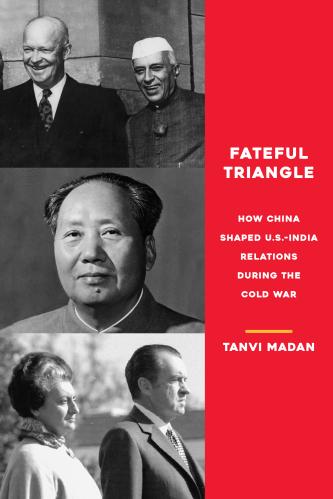
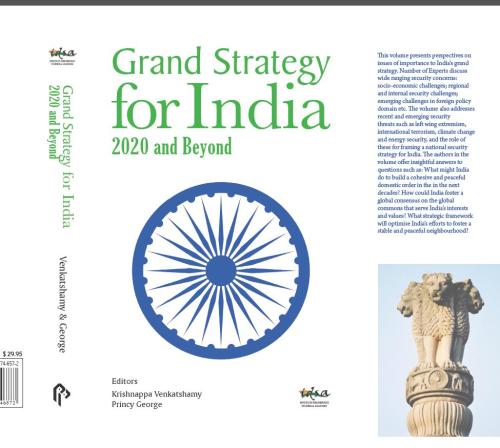

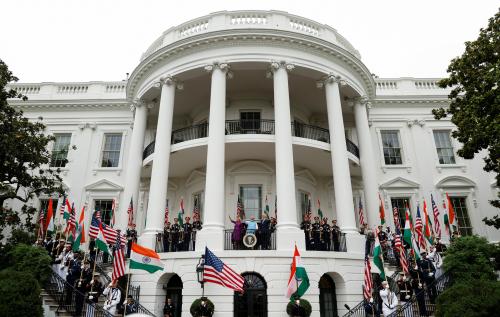
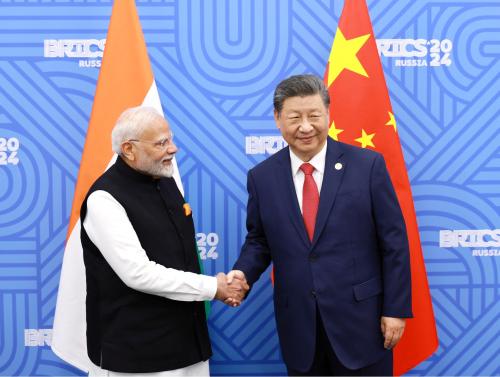
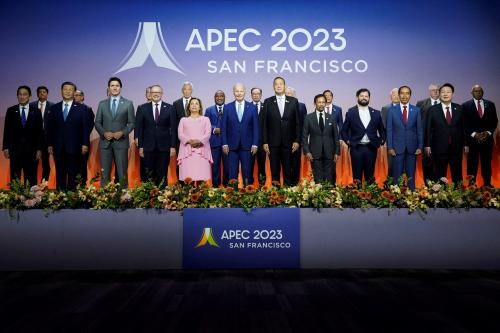
Commentary
India and the Biden administration
Consolidating and rebalancing ties
February 16, 2021